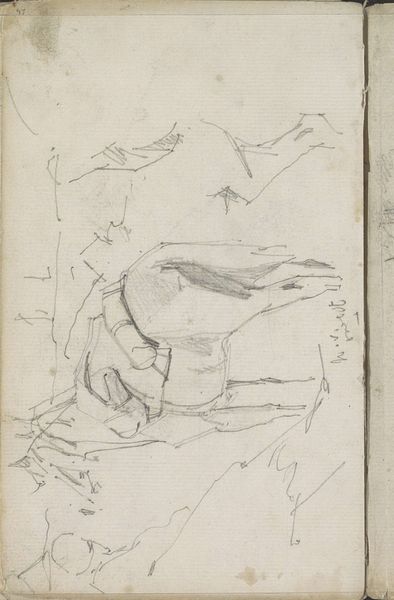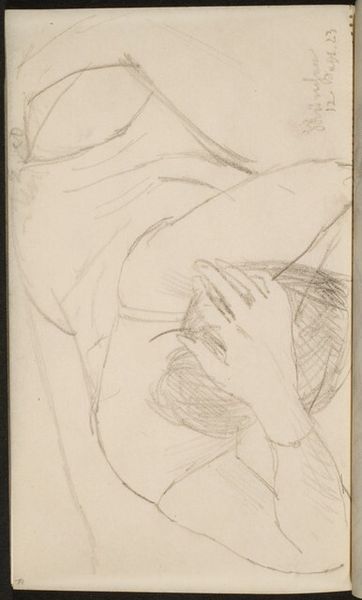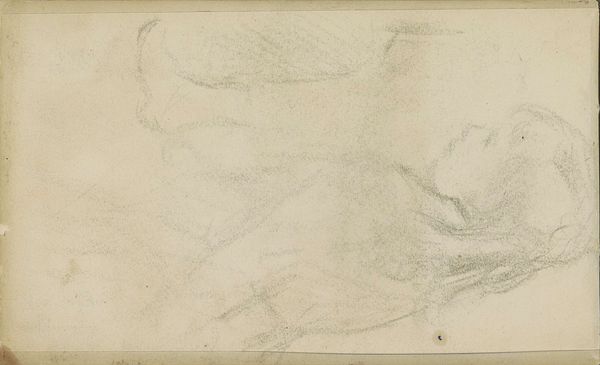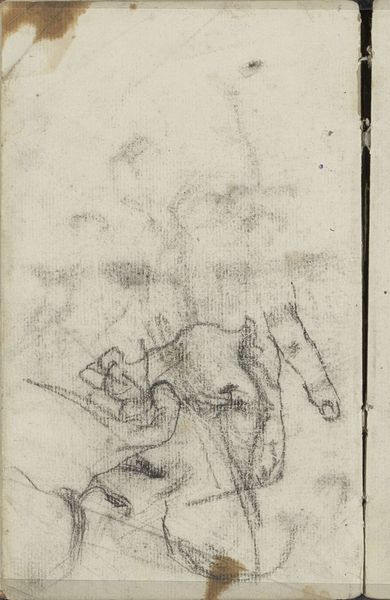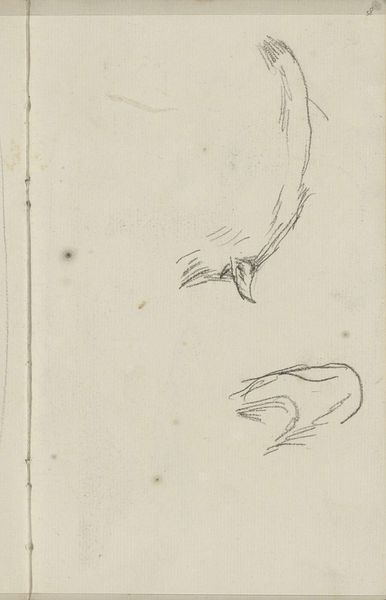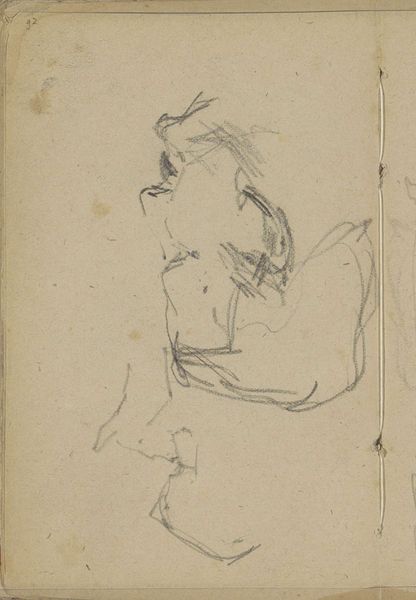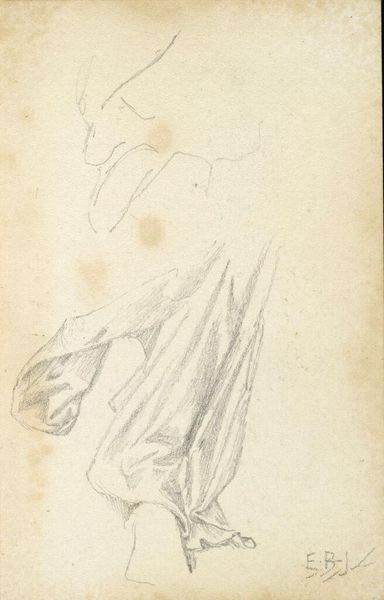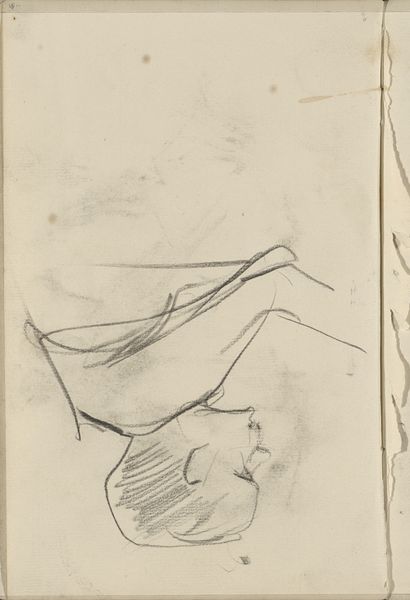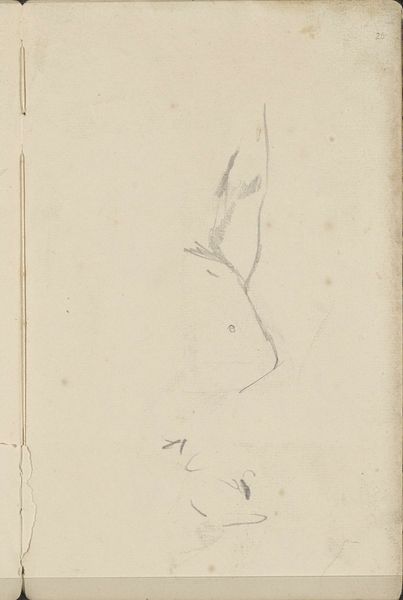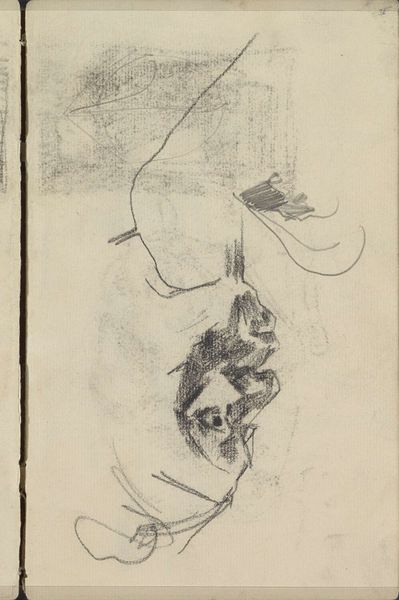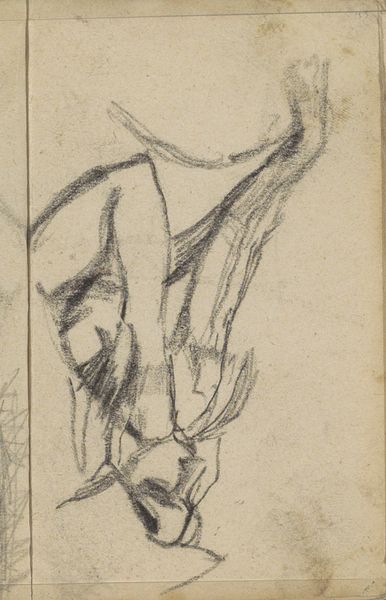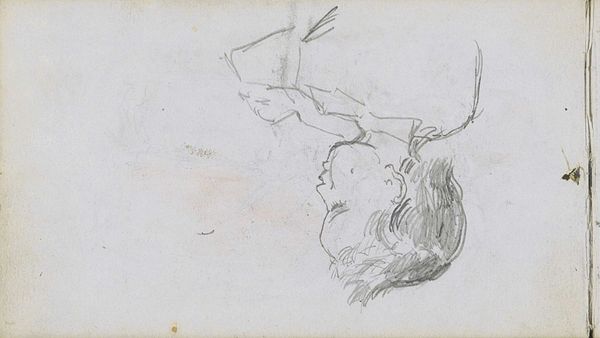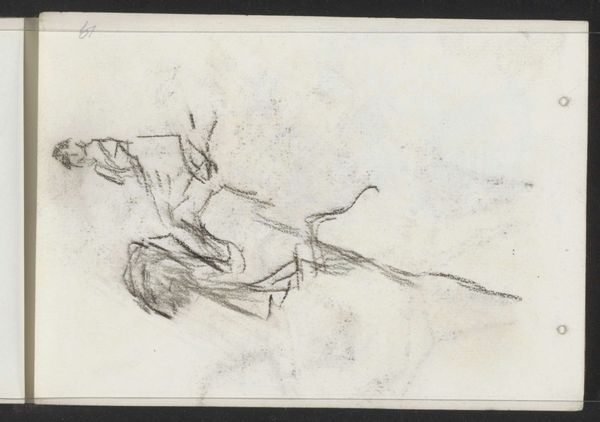
drawing, pencil
#
portrait
#
drawing
#
dutch-golden-age
#
pencil
#
realism
Copyright: Rijks Museum: Open Domain
Editor: We're looking at George Hendrik Breitner's "Head of a Wild Boar" from around 1880-1882, a pencil drawing held at the Rijksmuseum. It strikes me as so fleeting, like a momentary observation captured on paper. What do you see in this piece? Curator: Fleeting is a wonderful way to describe it! It's almost like a whisper of a boar. For me, it speaks to the artist's immediate connection with the subject. It's raw, capturing the animal's essence without getting bogged down in details. Breitner was known for his gritty depictions of Amsterdam, so seeing him sketch a wild animal like this makes me wonder – what do you think he was trying to capture? Editor: Perhaps a sense of wildness juxtaposed against the urban environment he usually depicted? It feels less polished, more visceral. Curator: Exactly! It's a far cry from the grand, finished paintings we often associate with the Dutch Golden Age, isn’t it? And the loose, almost scribbled lines add to that sense of immediacy. Do you think that lack of detail detracts or adds to the piece? Editor: I think it adds. It's like seeing the animal in motion, or in a dream. If it were overly detailed, it might lose some of its character. Curator: I agree entirely. It's that ambiguity, that hint of something untamed, that makes it so compelling. The pencil marks aren’t just lines; they're like the energy of the boar made visible. Editor: It definitely offers a different perspective of both the artist and the subject. Curator: It really does! Sometimes the most profound statements are made in the quietest of sketches.
Comments
No comments
Be the first to comment and join the conversation on the ultimate creative platform.
